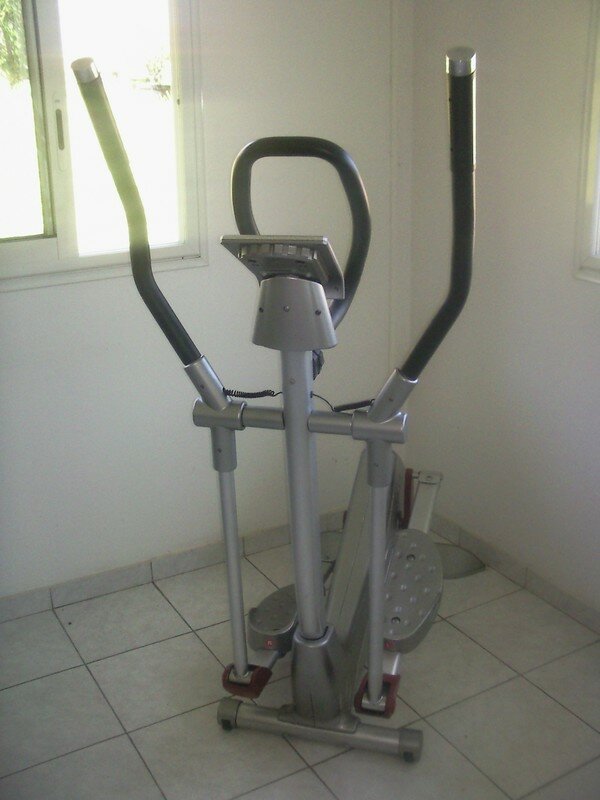
However, a doctor may ask a person to refrain from taking calcium supplements 24–48 hours prior to the test. Little preparation is necessary for the central DEXA scan.
The images go to a computer where a healthcare professional can view them. During the scanning, the person will need to be very still, and the technician might ask them to hold their breath. One scanning machine will pass over the lower spine and hips, and another scanning machine will pass underneath. The person will lie on their back on a padded table, either placing the legs out straight or resting them on a padded platform. 
A central DEXA scan involves the following steps: Peripheral scans measure bone density in the:ĭEXA scans are painless and quick. They identify people who may need further bone scans.

Unlike central DEXA scans, peripheral scans usually play a role in screening.
evaluating the body’s response to an osteoporosis treatment. This scan measures bone density at the hip and lower back. The most common type of DEXA scan is the central DEXA. These scans measure bone mass, and doctors compare the results with established norms to provide a score. 
If doctors need to measure a person’s bone density, they will likely use a DEXA scan. Dual-energy X-ray absorptiometry (DEXA) scans use a low dose of ionizing radiation to measure bone density.







 0 kommentar(er)
0 kommentar(er)
